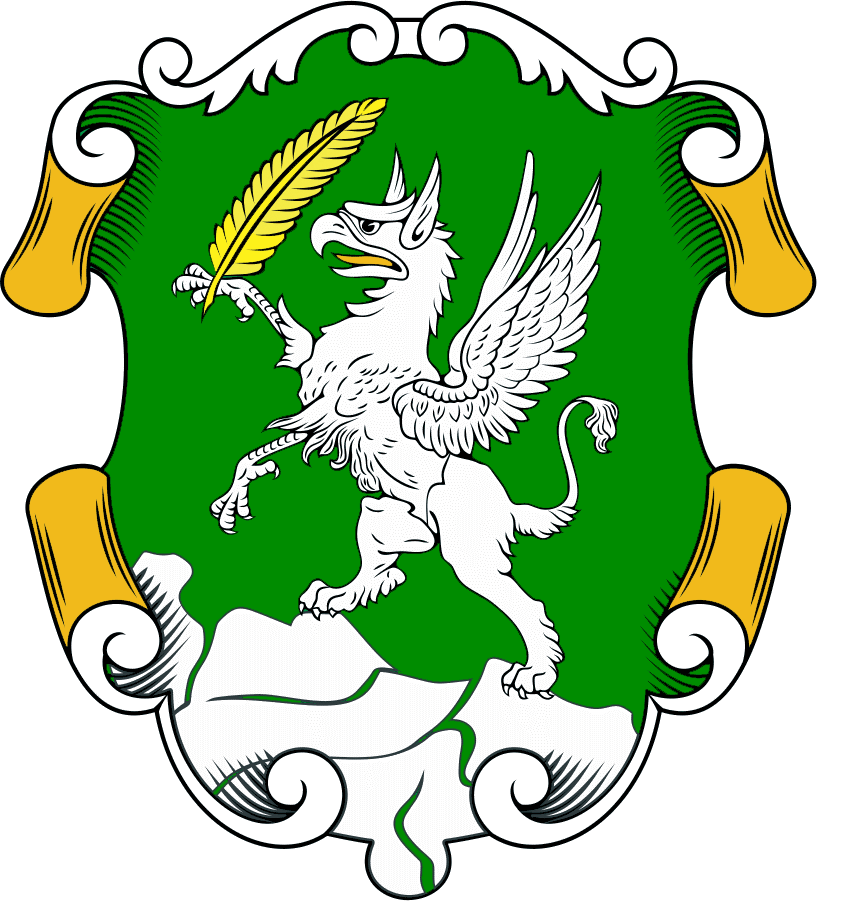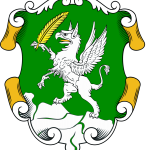
Bulgarian Archaeologists Uncover Major Roman Thermae
A team of Bulgarian archaeologists discovered in February -well-preserved remains of a Roman bath in the ancient Bulgarian town of Sozopol, founded by Greek colonists in the 5th century BC and now a popular resort on the southern Black Sea Coast. The thermae building is 18 meters long and features an intricate water supply system as well as numerous pools of various sizes. Except for Roman baths in Hissarya and Varna, this is the best-preserved Roman bath in Bulgarian lands.
393 Ancient Roman Coins Discovered in Bulgaria
Bulgarian archaeologists unearthed in July 393 bronze coins from the 5th century AD, minted during the reign of Roman Emperor Theodosius II. The valuable discovery was made in close proximity to one of the 17 towers of Kovachevsko Kale (fortress) near the northeastern town of Popovo. The coins, the largest ever such discovery on the territory of the Kale, were in a residence, which has burned down in the second half of the 5th century AD and are expected to shed additional light on the biggest disaster for the cities of the late Roman Empire brought by the invasion of the Huns of Attila.
Bulgarian Archeologists Uncover Large Votive Relief of Zeus
A team of Bulgarian archeologists discovered in August an unusually large votive relief of the ancient Greek God Zeus near the Bulgarian village of Starosel in the Kozi Gramadi mount. It was much bigger than the ordinary ones and thus it was allegedly the center part of an ancient temple. The fortress, located on the Kozi Gramadi mount, was built VI-V century BC and it used to be the capital of an ancient Thracian tribe living in central Bulgaria. It was destroyed during the rise of the Macedonian state of Philip II in 342-341 BC.
Bulgaria Unearths 2nd ‘Vampire’ Skeleton
A second medieval “vampire” – a 17th century skeleton of an elderly male with a knife in his heart was discovered during excavations at the “Saints Archangels Mihail and Gavrail” church in the historical Bulgarian coastal town of Nessebar in September. Many experts are firm the knife is sound evidence the man has been deemed a vampire. The first “vampire” skeleton in Bulgaria, the one of a man with an iron stick in his chest, was discovered in 2012 in the historical coastal town of Sozopol. The “vampire” skeleton was included in the National Geographic ranking of the 10 most popular news pictures for 2012.
Unique Thracian Carriage Discovered In Northern Bulgaria
Archeologists unearthed a 25-centuries-old two-wheel carriage, relicts of its decorations and the carcasses of two horses in mound 28 A near the Bulgarian northeastern town of Sveshtari and the famous tomb with the same name. The find is unique as it does not resemble any other carriage dating from the Thracian era ever uncovered in Bulgaria. The hill where the carriage was discovered is adjacent to the famous Mound of the Bulgarian Khan Omurtag.
Archaeologists Discover Plaque Depicting Fortuna in Plovdiv
Archaeologists in Bulgaria’s second largest city of Plovdiv discovered pieces of unique marble statues and a votive tablet depicting the Greek Goddess of luck Fortuna with the cornucopia, an emblematic element in her images. The fragments, which are part of life-size sculptures, consist of two male heads, a torso, and parts of legs. Next year, attempts will be made to restore and display them.
Ancient Wine Cellar Discovered in Bulgaria’s Nessebar
In October archaeologists in Bulgaria’s Black Sea town of Nessebar dug up an antique winery, with over 30 containers for storing wine, believed to date back to the 5th century B.C. There have been 2 structures, which have been destroyed over time, and only the underground cellar has remained. The discovery documents the earliest traces of civilization on the peninsula – the period right after the Greek colonization and the creation of Mesambria.

Necropolis Unearthed in Bulgaria on Gas Pipeline Route
Emergency excavations in the construction of the gas pipeline route between Bulgaria and Romania yielded a discovery of a necropolis with 376 graves near the town of Marten in November. Experts established that eight of the graves were dug by the Thracians; others date from the early Roman Empire and the 4th – 6th century AD and from the time of the First Bulgarian Kingdom where plenty of pottery were found as well. One of the most interesting findings was a grave built for a little girl with masonry of bricks and tiles. She had in her hand a key ring, presumably for a coffer, which was likely stolen in the 13th century by treasure hunters. Small, yet interesting intricate jewelry, some made of precious metal was also discovered inside her grave.
Bulgarian Archaeologists Unveil Tomb of Thracian Priestess
Bulgarian archeologists working at the famous Sveshtari tomb made new important findings of objects suggesting the burial of a female Thracian cult leader and throwing new light on the ancient Thracians’ religious practices. The newly uncovered tomb is from the period of the 4-3rd centuries BC. It is coated in massive wood beams, boasts an altar painted in black and red, while fragments of crushed amphorae were built in it. It was bound to another facility shaped as a cut pyramid. The plethora of objects believed to hold magical significance – such as clay human figurines, cups with openings on their bottoms, and small axes – led archaeologists to believe that the tomb might be that of a priestess. A number of gold, silver and bronze objects and a strange clay object, which was crushed as part of the burial rites, have also been recovered at the site.
Statue of Roman Magistrate Unearthed in Bulgaria’s Plovdiv
A marble statue of a Roman magistrate was unearthed in the Roman Forum in Bulgaria’s Plovdiv. The statue, whose head is missing, dated to the end of the 3rd or the beginning of the fourth century, depicts a man dressed in a toga who is holding a scroll. In September 2013, several parts of marble statues were discovered near the finding.
Source: novinite.com





